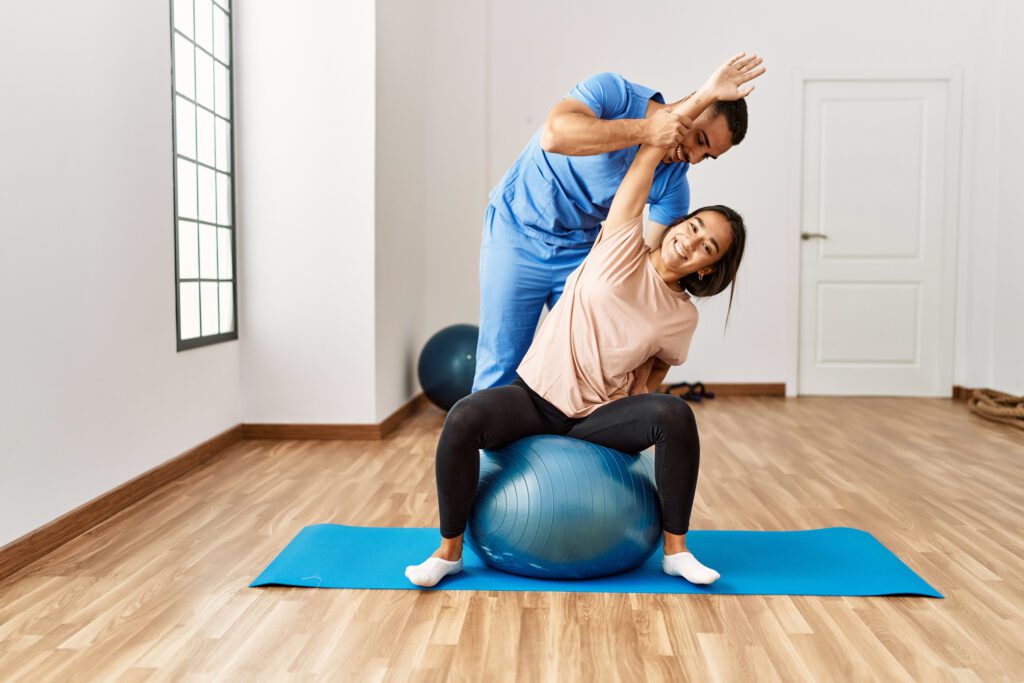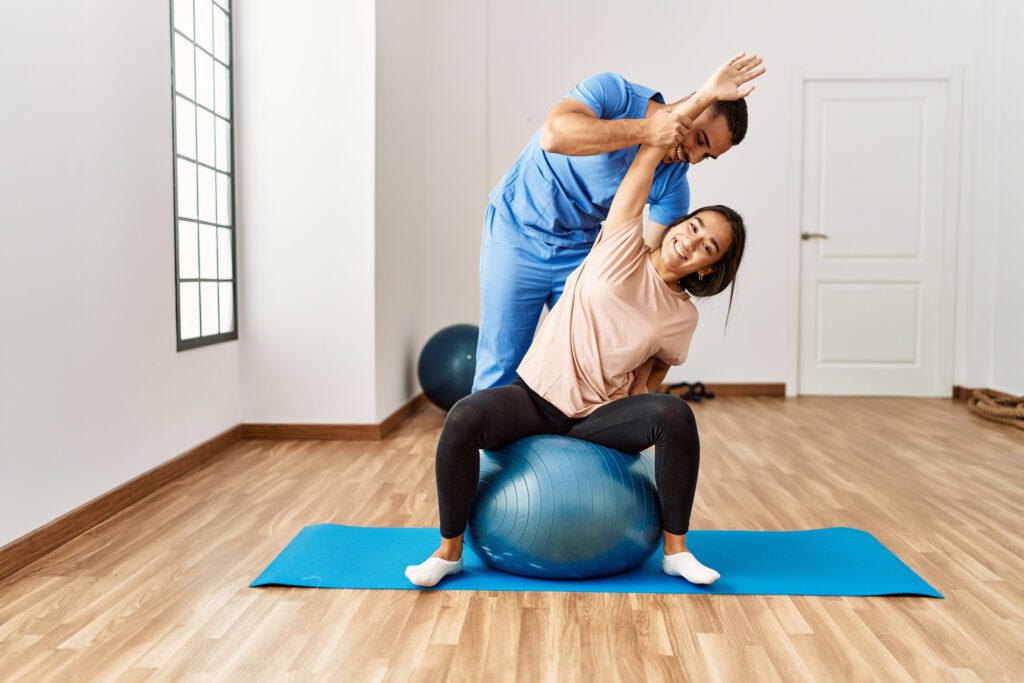Osteoarthritis (OA) is not an equal opportunity offender. Women are at greater risk of developing OA – a joint condition where the tissues connecting joints wear down over time. OA can significantly impact the ability to maintain an active and fulfilling lifestyle.
Multiple studies show that we are more likely to experience joint pain, aching, and stiffness caused by osteoarthritis:
- Hand osteoarthritis (OA) is reported to affect women aged 50 to 60 years at a rate approximately 3.5 times higher than men of the same age group, according to this study.
- In another study, women demonstrate a 40% higher likelihood than men of developing knee osteoarthritis.
Understanding risk factors and taking proactive steps to protect our joint health can help ensure long-lasting well-being. Experts have narrowed the possibilities to several reasons why we develop OA.

1. Changes in Hormone Levels
Fluctuations in hormone levels during menstruation and menopause may contribute to the development of OA. Increased hormone levels during certain stages of the menstrual cycle can lead to joint laxity, instability, and injury – all risk factors for osteoarthritis. Additionally, the drop in estrogen levels during menopause may accelerate the OA process
2. Differences in the Musculoskeletal Systems
Women’s bodies are built differently. They have more subcutaneous fat in the thighs, buttocks, and arms, leading to wider hips and narrower knees and altering how we stand, walk, and run. This impacts how we move and put stress on our joints. For example, women’s knees may experience more wear and tear due to looser ligaments. Recent research from the University of Alberta also suggests that a genetic difference in the meniscus may make some women more susceptible to developing OA. This discovery could potentially lead to better preventive strategies and targeted treatments in the future.
3. More Prone to Carry Excess Weight
Women are more likely to put on weight after menopause. This added weight puts your load-bearing joints under serious stress and can trigger low-grade inflammation throughout your body, increasing the risk of developing Osteoarthritis.
How do we Reduce the Risk of Developing OA?
While there’s no magic pill to cure osteoarthritis, you can take the following actions to reduce your risk:
- Avoid tobacco products.
- Prioritize a healthy lifestyle.
- Maintain a healthy weight to reduce the stress on your joints.
- Get moving with low-impact exercises like walking, swimming, or gentle pool exercises. At Recoup Health, we recommend aquatic therapy to patients with OA to strengthen muscles and get lasting relief.
- Wear protective equipment when exercising and working out.
- Don’t ignore joint pain – seek a consultation or get physical therapy to build muscle and improve joint function.
- Book a consultation with our expert doctors in Bangalore to assess your risk and create a personalized plan to keep OA at bay.
To book a consultation at Recoup Health, call 080-7117 5110 or visit www.recoup.health
Your joint health is in your hands. Regardless of your age, you can take proactive steps today to protect your joints and reduce the likelihood of developing OA. Don’t wait until OA limits your mobility – take charge of your joint health today
If you have any questions or concerns, feel free to email connect@recoup.health and we will be happy to help!






